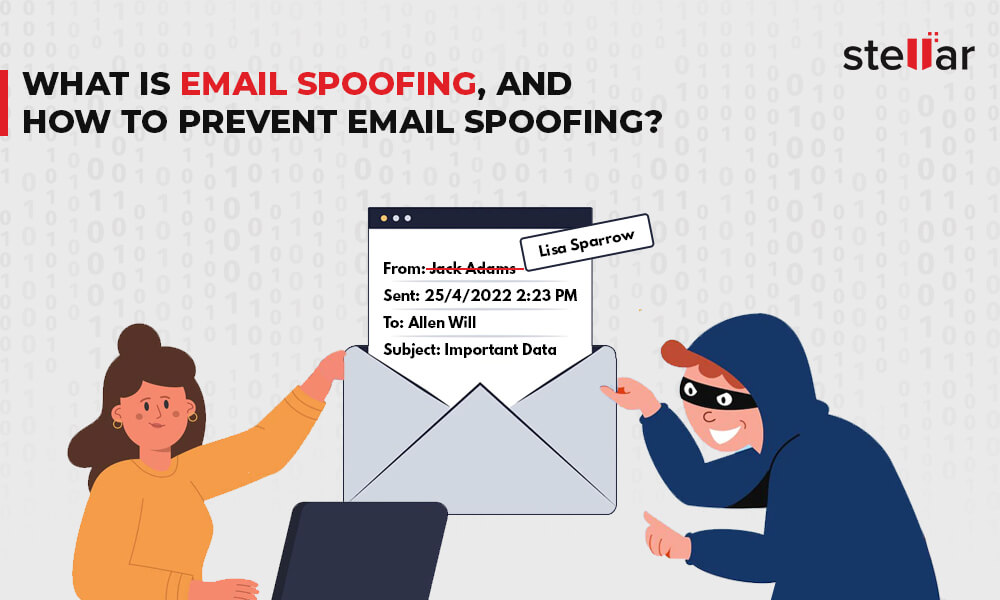What Is Email Spoofing? And How to Protect Yourself

Image credit: stellarinfo.com
Email spoofing is a technique used by cybercriminals to forge the sender address on an email to make it look like it comes from someone you trust. It’s a common method used in phishing attacks to trick users into clicking malicious links, downloading malware, or providing sensitive information.
📩 How Email Spoofing Works
SMTP, the protocol that powers email, doesn't have built-in sender verification. That means anyone can forge the "From" field to look like someone else. Unless proper authentication measures are in place (like SPF, DKIM, and DMARC), spoofed emails can sneak into inboxes undetected.
🎯 Real-World Consequences
- 🔓 Unauthorized access to sensitive accounts
- 💸 Financial loss through fake invoices or CEO fraud
- 😨 Brand damage and trust erosion
🛡️ How to Protect Yourself from Email Spoofing
- Check headers: Look at the full email header to see the real sender domain.
- Verify links: Hover over any link before clicking. If it looks suspicious, don’t touch it.
- Use email providers with DMARC support: Services like Gmail, ProtonMail, and Tuta can help reduce spoofed messages.
- Enable 2FA: Even if your email gets spoofed, attackers won’t get into your accounts without your second factor.
“The easiest way to fool someone is to appear as someone they already trust.”← Back to all articles